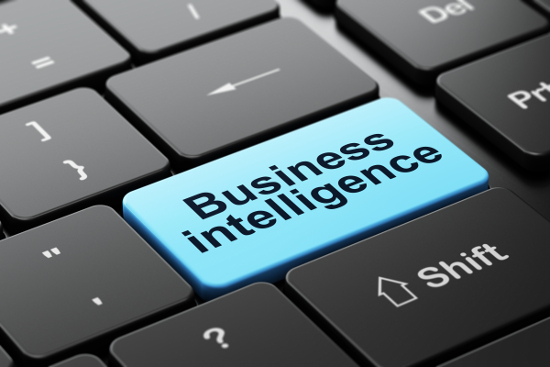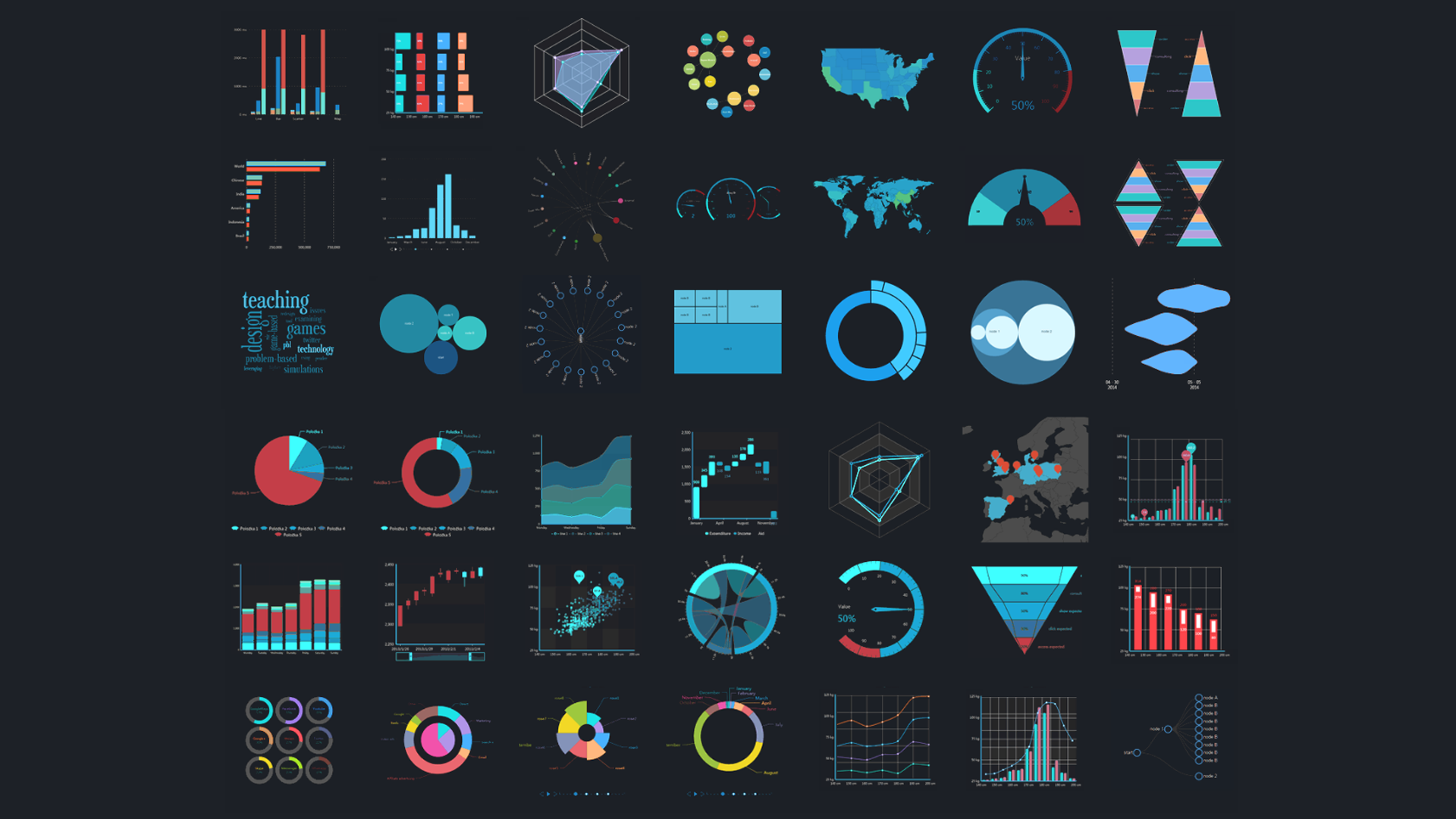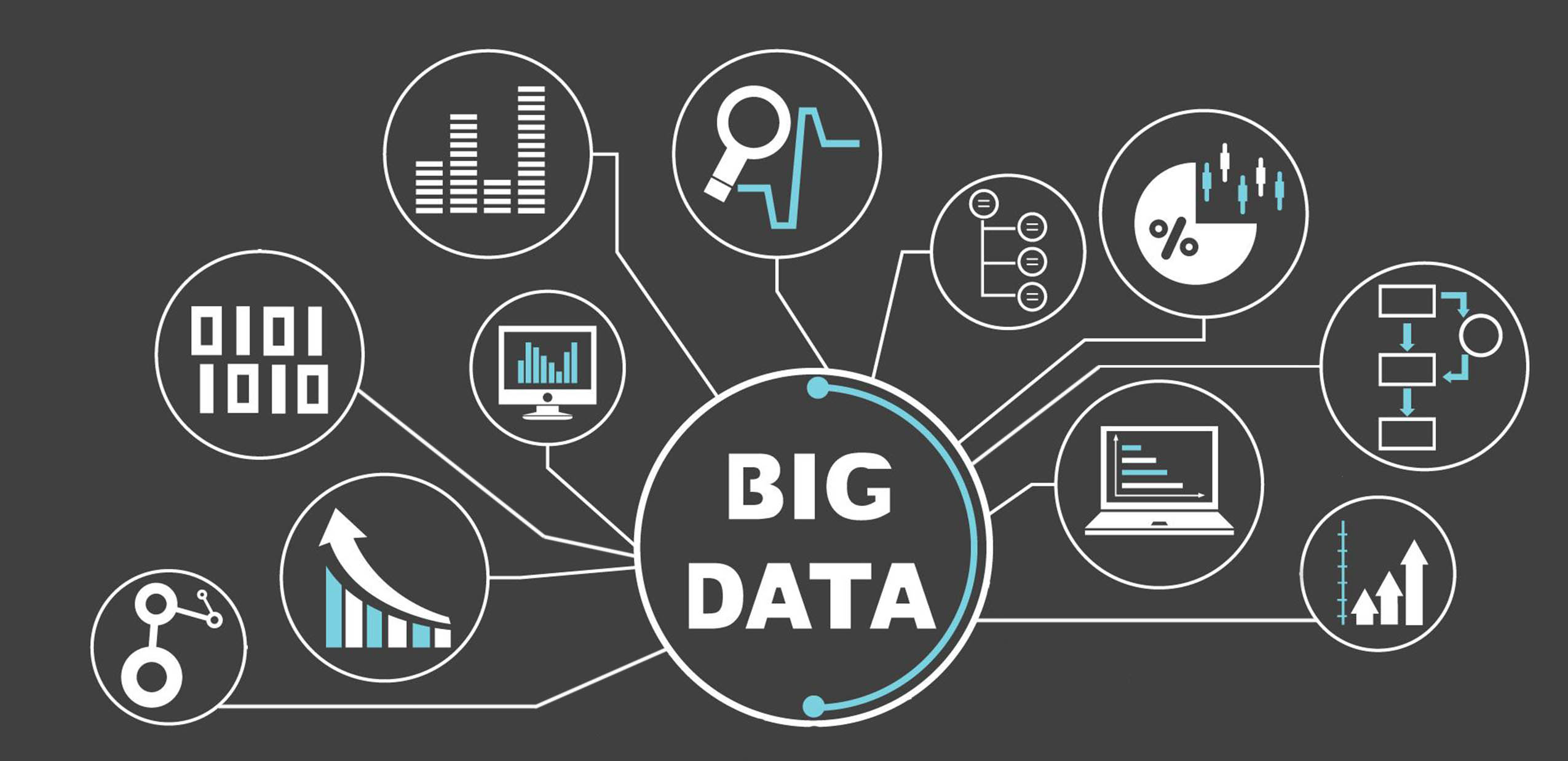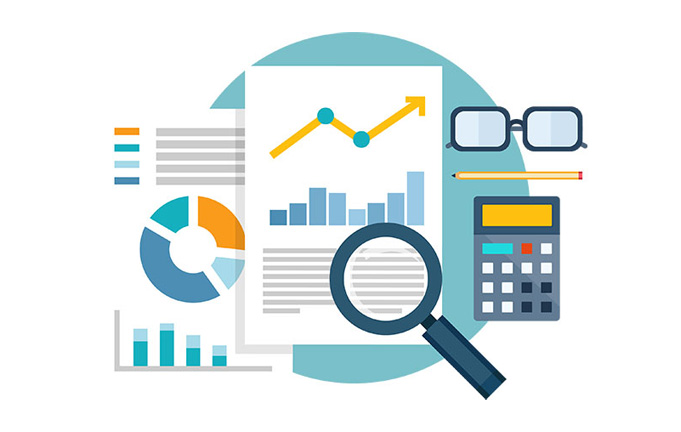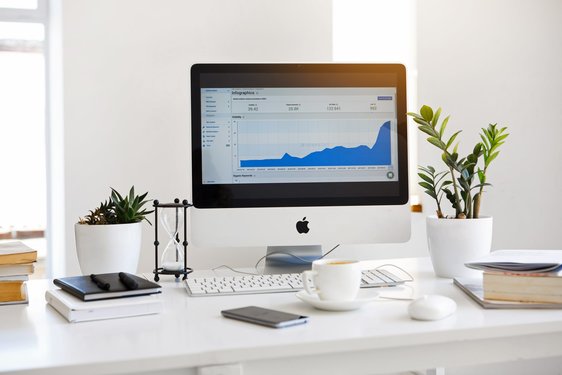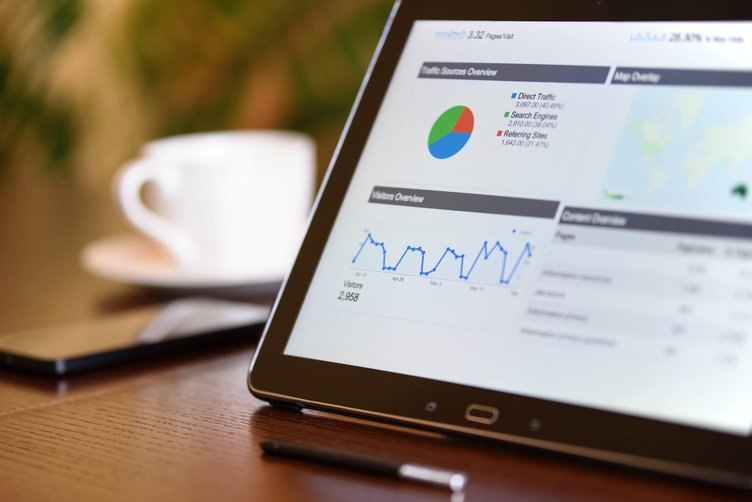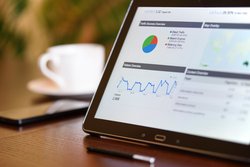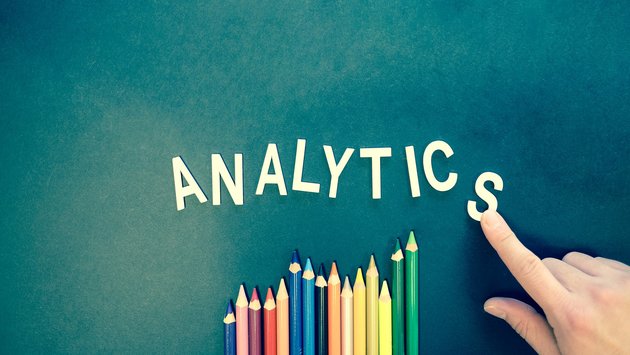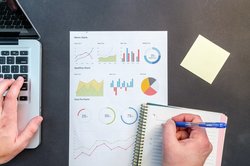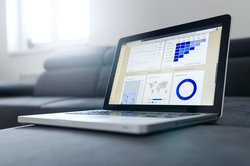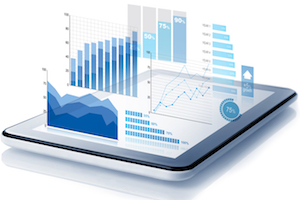Data governance is an important element of any business's BI implementation. However, it's often overlooked by businesses that have just recently begun to bring their BI tool to a broad audience.
Businesses that are just beginning to implement their BI system probably aren't thinking about data governance beyond 'maybe not everyone in the company should be able to see our financials' or 'maybe frontline workers shouldn't be able to see customer's personal information'.
Beyond the obvious situations where it's necessary, data governance can seem like a chore to businesses. It doesn't always have a clear benefit that affects a business's bottom line, and so there's a perception of data governance as busywork, something that can be ignored if you don't want to mess with it.
However, data governance is important to BI success, beyond just preventing employees from viewing sensitive information. Used properly, data governance can be a powerful tool, streamlining data discovery and making it much easier for the average user to draw insight out of their BI tool.
What is data governance?
Data governance is the term used to describe the collection of techniques and strategies that businesses use to limit access to their data. It's how businesses decide who gets to see what data, when.
There's a wide range of different features that different BI tools use to govern data. Basically every tool has some sort of role-setting feature, where admins can assign users to roles and decide what sort of data access those roles will have. Some tools have additional limiters at a personal level, so even coworkers in the same role could have different data access.
Data governance also means governing what users can do to their data once they've accessed it. Not everyone who needs to view a dashboard or visualization should be able to edit that dashboard. Similarly, users building dashboards and visualizations of underlying data shouldn't necessarily be able to mess with that data's ETL.
BI tools allow admins to limit what their users can do to the data they have access to. Usually, there's some sort of view-only role who can't build cards and dashboards, but can view other's work, an editor role that can build content but can't access underlying data, and then some sort of data scientist role that can alter ETLs.
Most tools allow for more than just these basic roles, and allow for customization of their basic roles. This way, businesses can tailor their data governance to their currently existing workflows, instead of the other way round.
The exact details of a data governance strategy will vary from tool to tool. Some tools have extremely robust data governance options, allowing admins to limit access at the row level in structured data. Others use more broad strokes and don't offer that level of granularity.
What can data governance do?
Most businesses start focusing on data governance so that they can limit access to sensitive information. Even though it's not the only reason that a business should invest resources into data governance, it still is the most common and most important.
If the average employee had access to all of the data that their business generates, they'd be able to access a lot of information that the business wouldn't necessarily want them looking at. In a pretty basic example, businesses don't want to make HR information like compensation or complaints public knowledge.
Businesses need to limit the sorts of things that their employees can see. HR information should only be visible to people in HR, client information should only be visible to sales employees, and so on.
Admins can restrict this view even further. For example, a business could restrict their employee's data access so that they can only view data that's associated with them in some way. A sales employee might only have access to data on their sales, and so on.
Not everyone in an organization should have full editing access for every card, ETL, and dashboard in the tool. Employees shouldn't be messing with ETLs or visualizations they don't need to be messing with, whether or not they're doing so maliciously.
There are also different levels of access that an employee might need. An employee might have full authority over some data sources, only have editing privileges on others, and only have viewing privileges on another.
Restricting access to sensitive data isn't the only thing that businesses can use data governance for, though. Sometimes, it's best to limit a user's access to a data set, not because the information could be misused, but because it's irrelevant.
The average employee doesn't need access to the majority of a business's data. Most of the data that a business collects will be completely irrelevant to most of their departments. The sales department will only need data related to sales, and their employees won't need access to data from other departments.
Businesses can use their data governance tools to limit data team or department-wide, so that employees can't access data that isn't important to them. This helps them to focus on building dashboards and visualizations that will actually be useful for answering business questions.
Some businesses don't care if employees can access information that's not relevant to them. However, it's usually better to narrow an employee's view to just the information that they need to do their job.
Data governance is also important for building personalized dashboards. With some basic data governance rules, data experts can build dashboards that show different viewers different information. This way, users can just build one dashboard for a large audience, instead of building individual dashboards for every different situation.
For example, a senior sales manager may want to share regional sales data with all their regional managers. Instead of making a different dashboard for each region, the manager can build one dashboard that contains aggregated data for every region, then use governance rules to limit what each regional manager can see.
This way, when a manager logs in to their BI tool to view the dashboard, they'll only see their own region's data instead of seeing the aggregated data. In most BI tools, the tool will only visualize the data that the user has access to. This is a convenient shortcut for creating dashboards at scale.
Benefits of data governance
First, data governance keeps business data safer. With consistent rules about who can and can't access data, the chances that data could be accessed by bad actors or that ETLs and visualizations could be edited maliciously is lower.
Imagine a phishing scam that manages to dupe your employees out of their BI credentials. If the hacker manages to log in with stolen credentials, and the employee has access to all of their business's data, then all of that business's operations have been compromised.
Data governance limits how harmful a breach like this can be. With proper governance rules, where employees have a narrow scope of information, the effects of a data breach will also be limited. Hackers will have to try a lot harder to get at business data.
Limiting data access can also have benefits beyond security. When a user only has access to data that's relevant to them, it's much easier for them to quickly start doing their own analysis on their data.
If a user has access to the entire database of a business's data, that's a whole lot of data to sift through to find the data that will actually be useful. Employee's data experiences should be curated in some way so that they don't get lost in a sea of data.
With self-service BI software, the average employee should be able to do data discovery themselves. To develop a personal relationship with data, they need to be given the right tools. Data governance helps to separate the signal from the noise and give employees the tools they need to succeed.
Personalized dashboards are another unique advantage of data governance. Data governance tools help data managers to construct dashboards at scale, but also deliver personalized information to employees up and down the organization.
Conclusion
Many businesses think that data governance is all about making sure that their employees can't steal customer's phone numbers or take a peek at their co-worker's salary. However, that mindset can limit how effectively these companies govern data.
Data governance is an important element of data security, to be sure, but that's not the only thing that a business can use data governance for. It might not even be the most useful thing that they can use data governance for.
Properly used, data governance can be an important tool for managing employee's data experience. It can help guide employees towards new insight, and encourage them to use the data they already have at their disposal in new ways.


